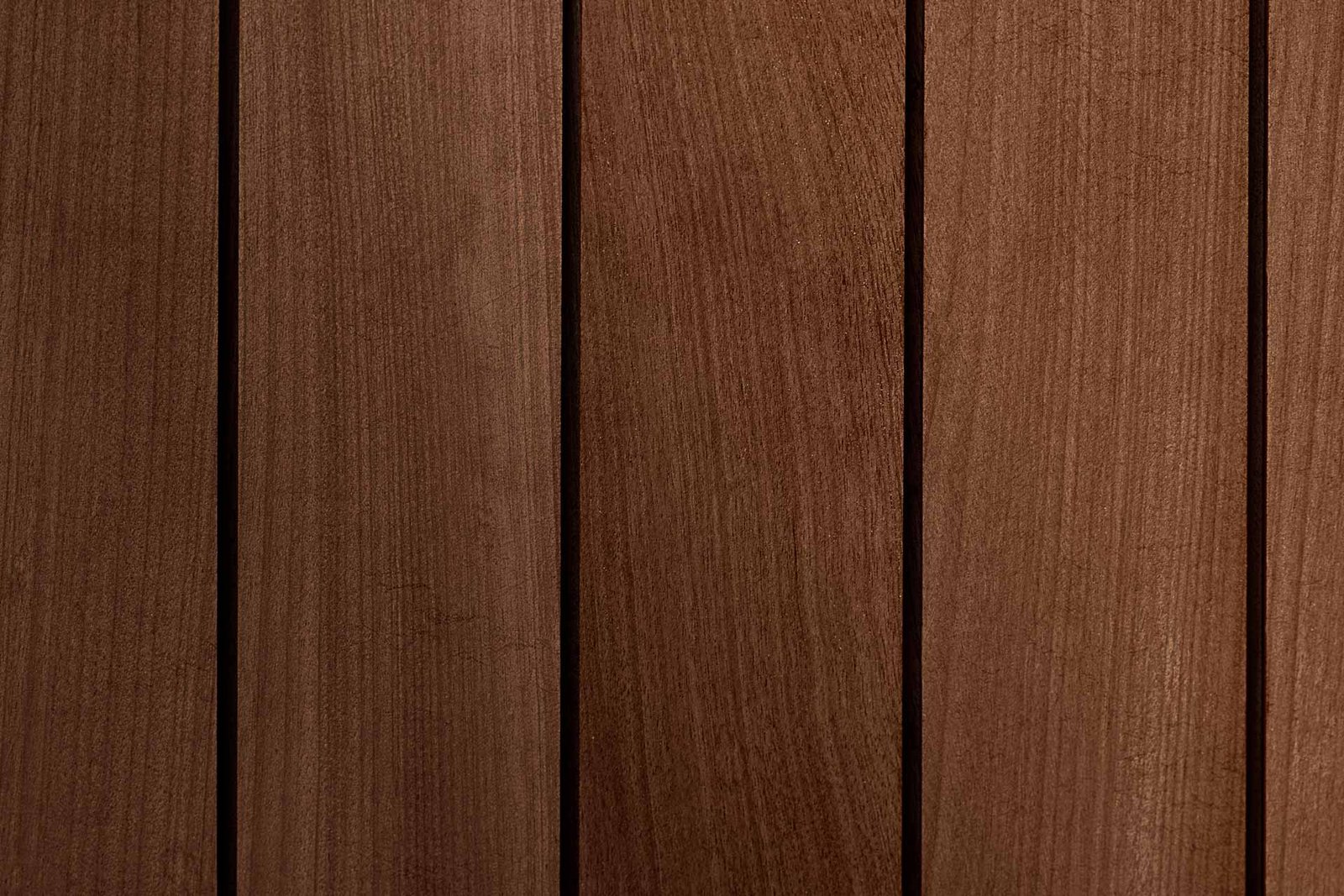
When installing SPC (Stone Plastic Composite) flooring, the question of whether padding or underlayment is necessary often arises. Failing to address this properly can lead to issues like reduced comfort, sound transmission, or even compromised durability. Knowing when and why you might need padding under SPC flooring is crucial for achieving the best results in your space.
Padding under SPC flooring is not always required because most SPC planks have built-in underlayment. However, additional padding can enhance sound insulation, comfort, and subfloor leveling in certain situations. Your decision should depend on your specific flooring product, subfloor conditions, and performance needs.
Curious if underlayment could improve your SPC flooring installation? Let’s explore the factors that influence this choice and the benefits of using padding in different scenarios.
What are the benefits of padding under SPC flooring?
Padding or underlayment serves multiple functions that can significantly improve the performance and longevity of your SPC flooring. Understanding these benefits can help you determine if padding is worth the investment.
Padding snippet
Underlayment enhances SPC flooring by improving soundproofing, comfort, and thermal insulation, while also protecting the floor from subfloor imperfections.
- Sound absorption: Padding reduces noise transmission, making it especially beneficial for multi-level homes or apartments where footfall noise can be disruptive.
- Comfort underfoot: While SPC flooring is durable, its rigid core can feel hard. Padding adds cushioning, improving comfort during prolonged standing or walking.
- Thermal insulation: In colder climates, underlayment can provide an additional layer of insulation, keeping floors warmer to the touch.
- Subfloor protection: Padding compensates for minor subfloor imperfections, ensuring a smoother installation and prolonging the life of the flooring.
| Benefit | Impact on SPC Flooring | Example Situations |
|---|---|---|
| Soundproofing | High | Multi-story buildings |
| Comfort enhancement | Moderate | Residential living spaces |
| Thermal insulation | Moderate | Cold climates |
| Subfloor leveling | High | Uneven subfloor conditions |
Padding always improves SPC flooring installations.True
Underlayment can enhance soundproofing, comfort, and thermal properties for SPC flooring.
When is padding necessary for SPC flooring?
Whether you need padding under SPC flooring depends on factors like your product choice, subfloor condition, and the type of installation environment. In some cases, it’s optional, while in others, it’s essential.
Necessity snippet
Padding is necessary for SPC flooring when the subfloor is uneven, the flooring lacks a built-in underlayment, or enhanced soundproofing is required.
- Subfloor condition: Padding is crucial when the subfloor is uneven or has minor imperfections. It helps prevent damage to the flooring and ensures a stable surface.
- Product-specific needs: Many SPC planks come with pre-attached underlayment. If yours doesn’t, adding a separate padding layer is often recommended.
- Soundproofing requirements: For apartments or offices, additional padding can meet building codes or personal preferences for noise reduction.
- Moisture barrier: Some underlayment includes a moisture barrier, which is essential for installations over concrete subfloors to prevent water damage.
| Situation | Padding Requirement | Example Usage |
|---|---|---|
| Uneven subfloor | Necessary | Older homes |
| Pre-attached layer | Optional | Modern SPC products |
| Noise-sensitive area | Necessary | Apartments, offices |
| Concrete subfloor | Recommended | Basements, ground floors |
SPC flooring always needs padding.False
Padding is optional when SPC flooring includes a built-in underlayment and subfloor conditions are ideal.
How does built-in underlayment affect the need for padding?
Many SPC flooring products now include pre-attached underlayment, which reduces or eliminates the need for additional padding. However, there are still instances where adding padding can provide benefits.
Built-in underlayment snippet
Built-in underlayment in SPC flooring minimizes the need for extra padding but may not address specific requirements like enhanced insulation or subfloor leveling.
- What it covers: Pre-attached underlayment typically addresses basic soundproofing and cushioning needs. However, it may not be sufficient for uneven subfloors or noise-sensitive areas.
- When to add more: In cases where additional thermal insulation or superior noise reduction is desired, a supplemental underlayment can be installed beneath the SPC flooring.
- Compatibility: It’s important to ensure that extra padding is compatible with your SPC product to avoid voiding warranties or creating installation issues.
| Built-In Layer | Adequacy | When Additional Padding Helps |
|---|---|---|
| Basic cushioning | Moderate | Noise-sensitive spaces |
| Soundproofing | Moderate | Multi-story buildings |
| Subfloor leveling | Low | Uneven surfaces |
SPC flooring with built-in underlayment never needs extra padding.False
Additional padding may still be necessary for enhanced performance or subfloor correction.
What types of padding are suitable for SPC flooring?
Choosing the right type of underlayment ensures compatibility with SPC flooring and addresses your specific needs. Not all padding materials are created equal, and selecting the wrong one can lead to performance issues.
Padding types snippet
Foam, cork, and rubber underlayment are suitable for SPC flooring, with each type offering unique benefits such as soundproofing or moisture resistance.
- Foam underlayment: Lightweight and affordable, foam is ideal for basic cushioning and soundproofing. Some foam underlayments also include a moisture barrier for use over concrete.
- Cork underlayment: Cork provides excellent sound absorption and thermal insulation, making it suitable for residential and commercial spaces.
- Rubber underlayment: Durable and versatile, rubber offers superior noise reduction and moisture resistance, but it’s often more expensive.
| Underlayment Type | Key Benefits | Best Applications |
|---|---|---|
| Foam | Cost-effective, lightweight | Basic cushioning needs |
| Cork | Soundproofing, insulation | Multi-use spaces |
| Rubber | Noise/moisture resistant | High-traffic areas |
Foam is the best underlayment for SPC flooring.False
Foam is affordable but may not suit noise-sensitive or moisture-prone spaces like cork or rubber.
Conclusion
While SPC flooring often comes with built-in underlayment, adding padding can enhance soundproofing, comfort, and subfloor protection in specific scenarios. The necessity of padding depends on factors like your subfloor condition, noise requirements, and the flooring product you’ve chosen. By assessing these variables, you can determine whether extra padding is a valuable addition to your SPC flooring project.
Call to Action
Still unsure if padding is necessary for your SPC flooring? Contact our team of experts today for personalized advice and explore underlayment options tailored to your space. Let us help you achieve the perfect flooring installation!
External Footnotes Links
- SPC Flooring Installation Best Practices
- Guide to Choosing Underlayment for SPC Flooring
- Top Benefits of Padding Under Flooring
- Noise Reduction Solutions for Flooring
- Cork vs. Foam Underlayment Comparison
- Waterproof Underlayment Options
- Improving Thermal Insulation in Flooring
- SPC Flooring vs. Laminate Durability
- Choosing the Right Flooring for Apartments
- Common Mistakes in Flooring Installation


